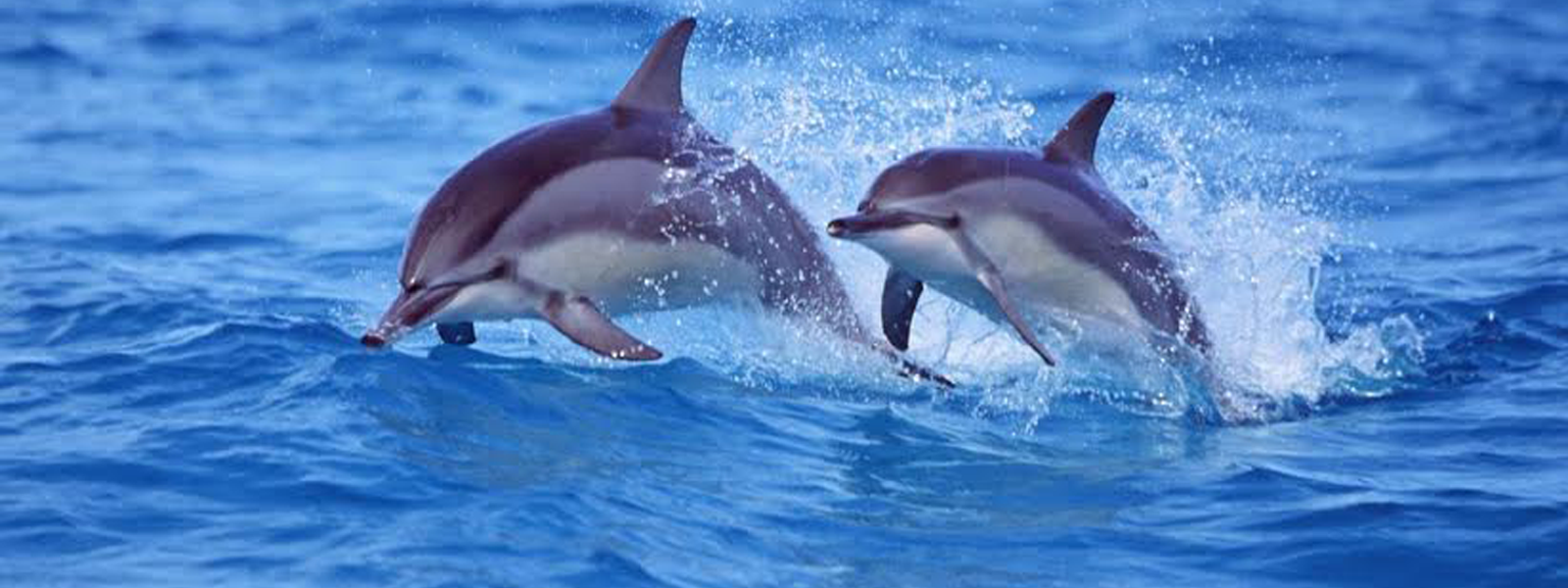

SeaWorld, the Miami Seaquarium, and their paid media flaks regularly bash the Keiko rescue effort and denigrate all efforts to rescue, retire, or release cetaceans back to the wild.
Their false narrative claims that Keiko's death more than 7 years after release from his captive tank in Mexico is proof positive that all the whales and dolphins they hold in captivity should remain there for the rest of their lives.
Today the orca whale Lolita faces a similar fate to that of Keiko. Like Keiko, Lolita languishes in poor health, alone in a substandard and unhealthy concrete tank, performing circus tricks at an amusement park. The Miami Seaquarium fights off all efforts for Lolita’s retirement to a seaside sanctuary.
They couldn’t be more wrong.
Far from a reason not to relocate Lolita, the Keiko odyssey proved that relocating and retiring an orca can be done in a safe, responsible way that ends the cruelty, and increases both life expectancy and quality of life.
There is no reason that Lolita cannot be successfully relocated to a retirement sanctuary. In fact, while there are some captive dolphins and whales that can’t be released to the wild, there are none that can’t be successfully moved to sea sanctuaries.
The real story of the Keiko rescue/rehab/release effort included:
Keiko did in fact survive the transition from captivity to the wild, despite what detractors may say. When Keiko died in the wild, he was the second oldest male orca ever kept in captivity, outliving the orcas condemned to spend their entire lives within the captivity industry’s ‘care’.
Mark Berman, International Marine Mammal Project associated stated: “While the industry talks about Keiko as a failure, they fail to mention that 17 orcas died in captivity during the time Keiko was being successfully rehabilitated and released.”
Berman continued: "Since 1994 when Keiko came under the care of the Free Willy Keiko Foundation, Keiko’s story was even more amazing than the Free Willy movie. By September 1998 after years of dedicated hard work, we saw Keiko enter the sea for the first time since his capture at age 2.
It is quite transparent that the critics efforts to bash the Keiko program are far more about selling tickets to captive whale circus shwos than what is in the best interests of orcas. Without seaside sanctuaries, captive orcas and dolphins are stuck with an unhealthy and bleak future. We can’t continue to let that happen.